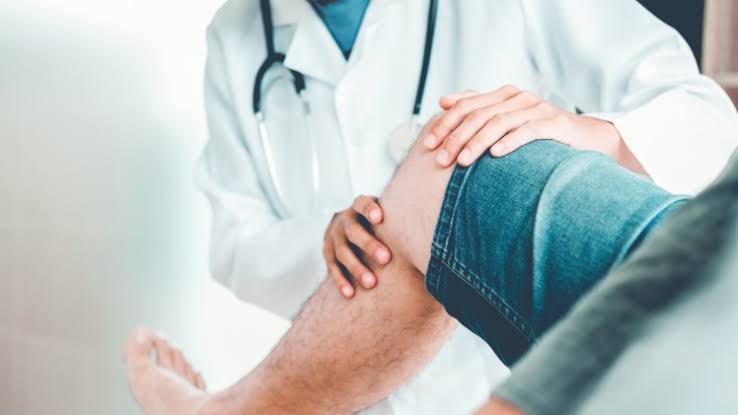Knee Osteoarthritis: Is Knee Replacement Surgery Best For You?

Knee Osteoarthritis (OA) is one of the most common medical issues faced by people who are over 45 years of age. However, certain young people can also develop knee osteoarthritis. Factors like injury and obesity play a critical role in making the condition worse.
More commonly known as wear and tear arthritis, it affects the natural cushioning of the joint cartilages of the knee. As a result, the bones with no protective covering around them rub against each other and create severe pain which, in turn, reduces the mobility, causes stiffness and even forms bone spurs, also known as osteophytes and are characterized as bumps of extra bones.
Who are at risk of developing knee osteoarthritis?
As discussed earlier, people who are 45 years or more are at risk of developing knee osteoarthritis. If we talk about it with regards to gender, women are more likely to suffer from OA.
As we age, the ability of our cartilages to heal decreases significantly. That’s why when an old person gets into an accident, the wear and tear of these cartilages result in OA. Moreover, if the person is obese, the knees bear more pressure leading to severe pain.
The genetic factors also contribute to the development of knee osteoarthritis and can affect young people. Apart from this, people who are regularly involved in activities such as heavy lifting are at greater risk.
Also, if a person has certain metabolic disorders, he or she is more likely to suffer from knee osteoarthritis.
Common symptoms of knee osteoarthritis:
Everyone who suffers from OA, irrespective of their age and gender, face more or less similar symptoms. They include:
- Pain that becomes more immense after every physical movement.
- Stiffness that becomes more prominent after a long period of sedentariness.
- Tender joints
- Less flexibility
- Bone spurs
- Decreased mobility
Treatment options:
Non-surgical
- Medication: Non-steroidal anti-inflammatory drugs (NSAIDs) including ibuprofen and naproxen are generally suggested by the bone specialists. Some over-the-counter medication is also recommended. Apart from this, certain ointments are prescribed to the patients who are suffering from knee osteoarthritis.
- Physiotherapy: To provide the necessary strength to the muscles that upkeep the joints of the knee, physiotherapy is recommended. You can even do some physical exercise to strengthen the requisite muscles. They also help you lose weight.
Surgical
In case, the above-mentioned non-surgical treatment options are not doing you any good, your doctor will suggest certain surgical options.
Nowadays, knee replacement in India has become quite a norm and rightfully so.
Knee Replacement Surgery
One of the most effective surgeries for the treatment of knee osteoarthritis is knee replacement surgery. You doctor will suggest you to go for the surgery if no other treatment option works for you.
In knee replacement surgery, the damaged or worn out part of the knee is replaced using an artificial joint which is generally made of metal or plastic. If the entire joint is replaced, the surgery is known as total knee replacement surgery. On the other hand, if only the partial joint is replaced, the surgery is known as partial knee replacement surgery.
Once you are done with the knee replacement surgery, whether total or partial, you will require a few months to be able to fully recover from it. However, the lifetime relief from the excruciating knee pain is very much possible.
So if you are suffering from knee osteoarthritis and looking the best knee replacement in Hyderabad or elsewhere, you must get in touch with the expert doctors for the right treatment.











